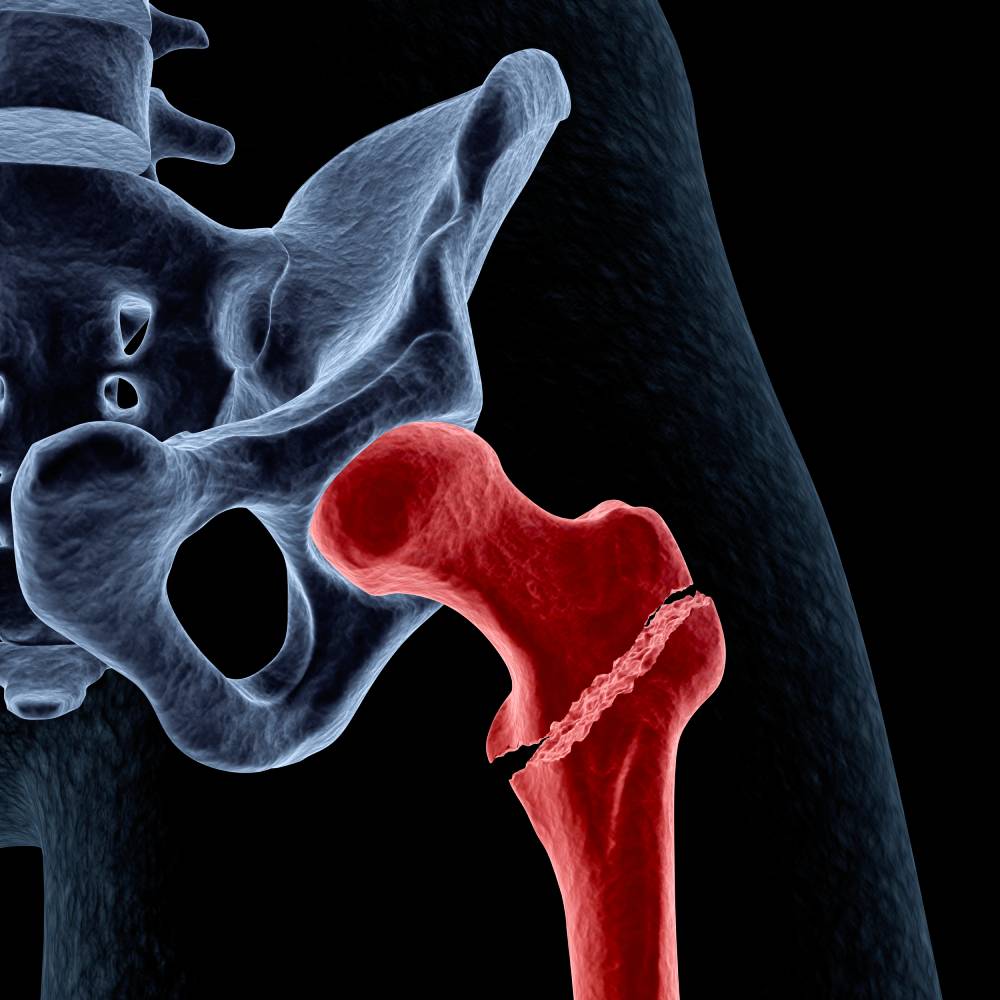Physical Therapy After a Broken Bone

An estimated 9.0 million new osteoporotic fractures occurred worldwide in 2000, 39% of which affected men 1. In parallel, there has been an increase in the number of fragility fractures in a growing elderly population 2. Such fractures are associated with long-term pain, functional impairment, reduced quality of life, and spiking healthcare costs 3. Osteoporotic fractures, particularly of the hip, are also linked to considerably increased rates of morbidity and mortality. In addition, broken bones can be caused by road accidents, sports injuries, work injuries, and other common situations. Physical therapy following a broken bone is key to minimizing adverse outcomes and ensuring a return to optimal function as swiftly as possible.
Prior to starting a physical therapy program, a physical therapist may need to carry out a thorough evaluation and assessment. A bone fracture is followed by physiologically distinctive inflammatory, reparative, and remodeling phases. Measurements will probe a patient’s strength, range of motion, flexibility, gait, severity of pain and swelling, and overall function and mobility 4. As a fracture may cause a certain degree of loss of motion and strength and heavily reduced functional mobility, physical therapy after a broken bone frequently first focuses on reversing the negative effects of remaining immobilized in a cast or sling.
After a lower extremity fracture, a patient may have to limit the amount of weight their leg bears, such as by using crutches. Similarly, an arm fracture may require a supportive sling.
In cases requiring surgery which may have left some scar tissue, scar massage and mobilization can help reduce scar adhesions, minimize edema, and improve mobility around the scar. Ice therapy may also be used to minimize local swelling.
Next, exercises to improve range of motion and strength can be begun, focusing on the fractured area and surrounding joints. These may include specific stretching exercises, as well as manual therapy and other methods of mobilizing the joint specifically aimed at improving joint mobility. A structured and progressive strengthening regime may thereafter be carried out to focus on strengthening the muscles surrounding the affected joints and bones. Physical therapy may focus on balance and control work to improve a patient’s gait to this end. As appropriate, taping to support the injured area may help manage swelling, while electrical stimulation may also be used to help improve muscle recruitment and muscle build-up.
In general, a fracture should be healed by about eight weeks after the injury with adequate physical therapy 5. However, a patient’s rehabilitation timeline will vary depending on the type of fracture and a patient’s age and fitness level, among other factors.
Fractures must first be prevented by staying fit, eating a nutritious diet, and avoiding falls, including by improving safety at home both indoors and outdoors. Indeed, physical therapy should be carried out alongside multifaceted interventions, which include risk factor assessment, dietary supplements, and exercise 3. This said, a regular and rigorous physical therapy program can be highly efficient at ensuring a rapid return to baseline function and daily life activity.
References
1. Johnell, O. & Kanis, J. A. An estimate of the worldwide prevalence and disability associated with osteoporotic fractures. Osteoporos. Int. (2006). doi:10.1007/s00198-006-0172-4
2. Svedbom, A. et al. Osteoporosis in the European Union: A compendium of country-specific reports. Arch. Osteoporos. (2013). doi:10.1007/s11657-013-0137-0
3. Karinkanta, S., Piirtola, M., Sievänen, H., Uusi-Rasi, K. & Kannus, P. Physical therapy approaches to reduce fall and fracture risk among older adults. Nature Reviews Endocrinology (2010). doi:10.1038/nrendo.2010.70
4. Chinn, L. & Hertel, J. Rehabilitation of Ankle and Foot Injuries in Athletes. Clinics in Sports Medicine (2010). doi:10.1016/j.csm.2009.09.006
5. Hoppenfeld, S. & Murthy, V. L. Treatment and rehabilitation of fractures. 606 (2000).
